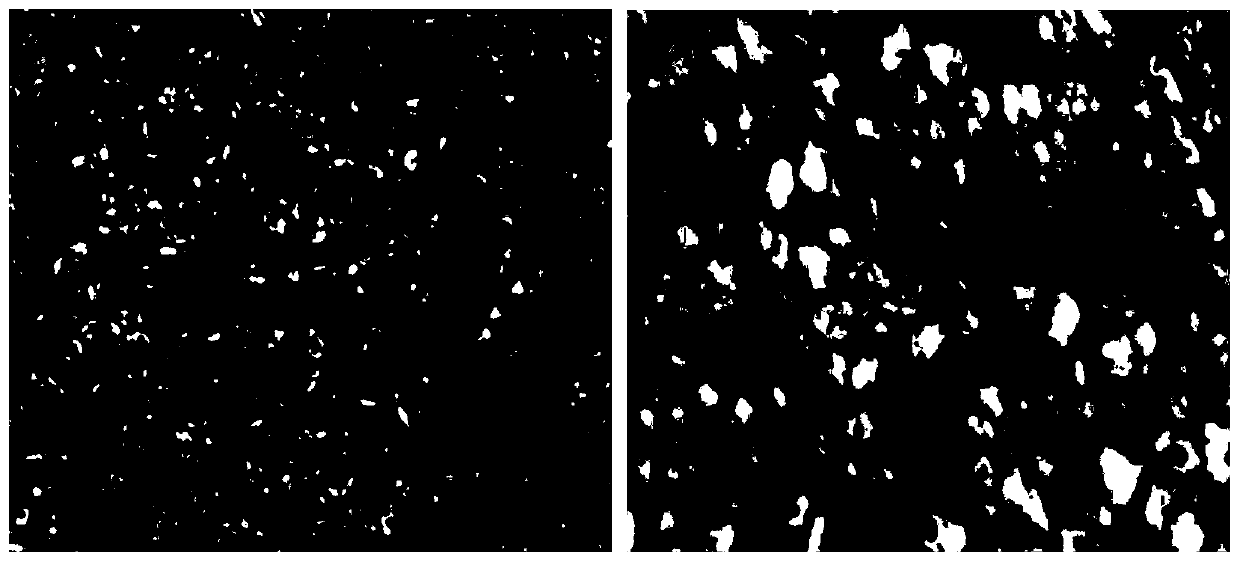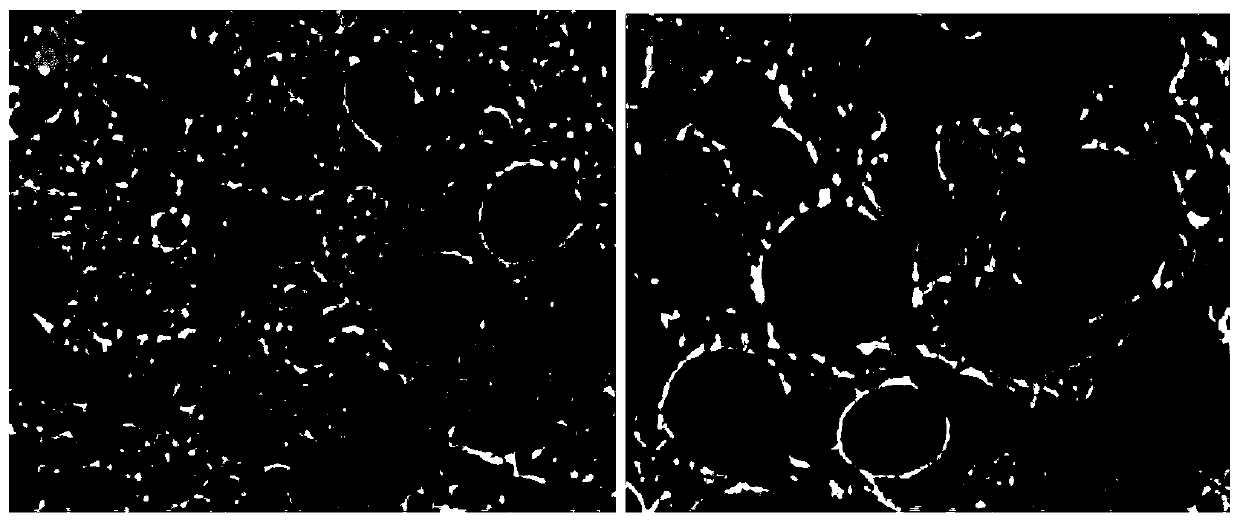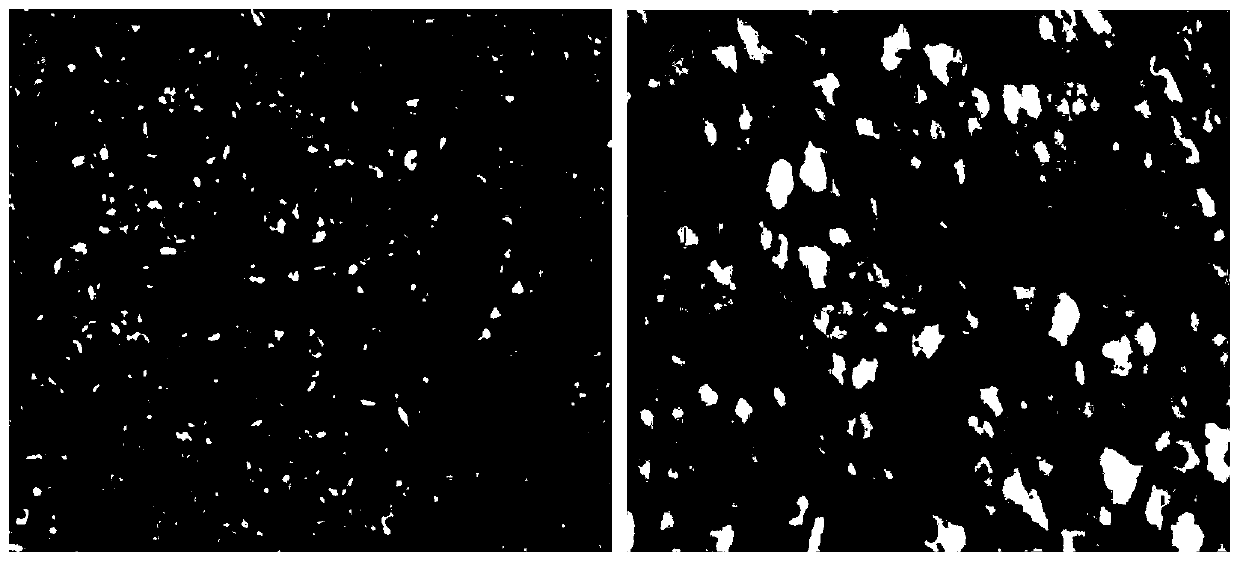Tilapia mossambica fatty liver damage model and building method and application thereof
A fatty liver injury and construction method technology, applied in the field of aquaculture, can solve problems such as the occurrence and development mechanism of fatty liver disease in fish that have not been paid attention to, the lack of close integration with actual production, mechanical liver injury, etc., and achieve good application prospects. The effect of short molding time and easy control of ingredients
- Summary
- Abstract
- Description
- Claims
- Application Information
AI Technical Summary
Problems solved by technology
Method used
Image
Examples
Embodiment 1
[0026] (1) Experimental design
[0027] Healthy and uninjured tilapia (initial weight 142.15±7.55g) were selected and randomly divided into two groups: model group and blank control group, with 30 fish in each group. After 2 weeks of adaptive feeding, all tilapias began to be formally fed. The model group was fed high-fat diet: 85% tilapia basal feed, 13% lard, 1.5% soybean oil and 0.5% cholesterol. The blank control group was fed with basal feed. The two groups were fed with the same amount, twice a day (9:00 and 16:00), and the daily feeding amount was 2-3% of the total fish body weight, and they were fed continuously for 8 weeks. After 4 weeks of modeling, the tilapia showed symptoms of fatty liver, and after 8 weeks, the tilapia showed obvious fat deposition and liver damage.
[0028] (2) Evaluation method and result analysis of tilapia liver injury
[0029] Evaluation methods include serum biochemical markers, liver lipid levels, and histopathological diagnosis. Afte...
Embodiment 2
[0041] (1) Experimental design
[0042] Based on this animal model, the protective effects of berberine and polydatin on fatty liver injury in tilapia were evaluated. Set up blank control group, model group and drug treatment group (berberine and polydatin treatment group). The blank control group was fed with basal feed; the model group was fed with high-fat feed (85% tilapia basal feed, 13% lard, 1.5% soybean oil and 0.5% cholesterol); the berberine group was fed with 50 mg / kg small The high-fat feed of berberine; the polydatin group was fed with high-fat feed containing 1g / kg polydatin. 30 fish per group, for three parallel replicates. The breeding cycle of this experiment was 8 weeks, and sampling and analysis were carried out at the 8th week.
[0043] (2) Evaluation method and result analysis of the hepatoprotective effect of berberine and polydatin
[0044] Evaluation methods include serum biochemical markers, liver lipid levels, and liver tissue antioxidant levels. ...
PUM
 Login to View More
Login to View More Abstract
Description
Claims
Application Information
 Login to View More
Login to View More - R&D
- Intellectual Property
- Life Sciences
- Materials
- Tech Scout
- Unparalleled Data Quality
- Higher Quality Content
- 60% Fewer Hallucinations
Browse by: Latest US Patents, China's latest patents, Technical Efficacy Thesaurus, Application Domain, Technology Topic, Popular Technical Reports.
© 2025 PatSnap. All rights reserved.Legal|Privacy policy|Modern Slavery Act Transparency Statement|Sitemap|About US| Contact US: help@patsnap.com



